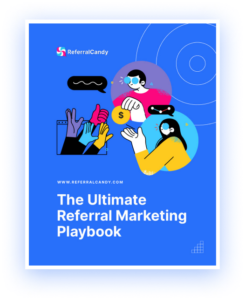When the average person thinks about loyalty programs, they’re usually imagining a ‘buy 10, get 1 free’ offer.
And to be fair, they’re not exactly far off.
What most people don’t think about when they think about loyalty programs is the subtext. Savvy business owners know that a top-notch loyalty program can do so much more for you than just drive a few more conversions down the line.
With the right approach, a loyalty program can fundamentally change your relationship with your customers and put your business on a path towards higher conversion rates, consistent repeat business and a more positive user experience.
With that in mind, let’s take a look at five loyalty programs that forced the world to rethink how they viewed rewards.
1. Starbucks
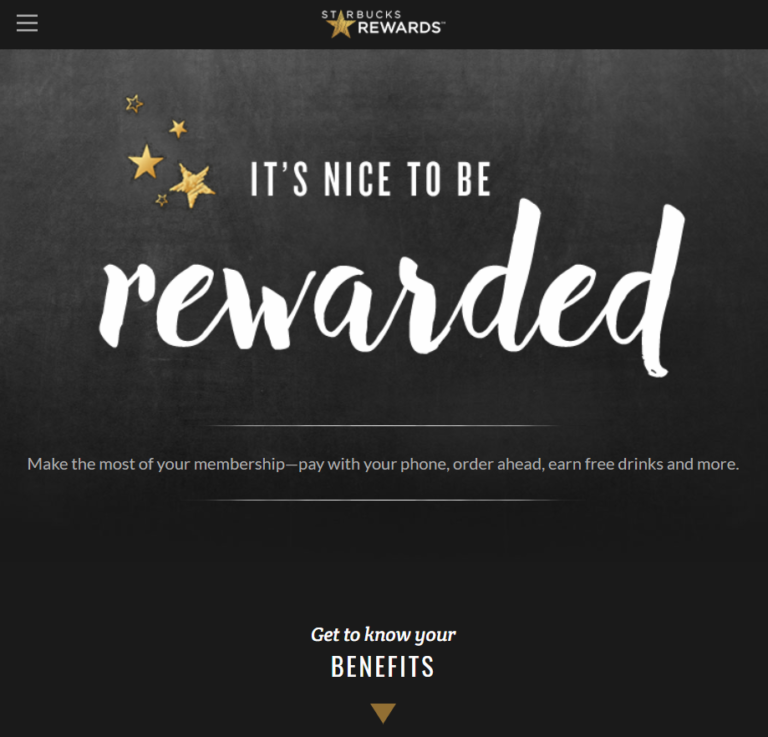
At first glance, the Starbucks loyalty program may not seem like anything particularly out of the ordinary.
Like most loyalty programs, it offers free items after a certain amount of purchases are made. Transactions let members earn stars, which then can be used to pick out the item of their choice.
And truth be told, the Starbucks approach doesn’t challenge the loyalty program in your traditional sense.
The offer isn’t unheard of, and its rewards are equivalent to several of their competitor’s loyalty programs.
So, that leaves us with just one question: what exactly makes the Starbucks loyalty program so important?
Well, to answer that, we need to understand the progress Starbucks has made when it comes to their loyalty program over the years.
Not too long ago, Starbucks had a particular format to their rewards program. Members were able to earn rewards for every transaction they made.
With no spending limit, and only 12 stars needed to earn a free item, it was only a matter of time before people found a way to hack the system.
Eventually, some people began to ask their cashiers to ring up each item they ordered individually.
Why? To earn stars more quickly and take advantage of the system.
![]()
But interestingly enough, Starbucks only took the problem seriously when customers started complaining.
This ‘one-item-at-a-time’ approach was causing longer lines and major delays for the rest of the customers, which led to a negative overall experience for everyone.
That’s when Starbucks updated their loyalty program system and changed the rewards to a ‘dollar-spent, star-earned’ approach where you earned 2 stars for every $1 spent.
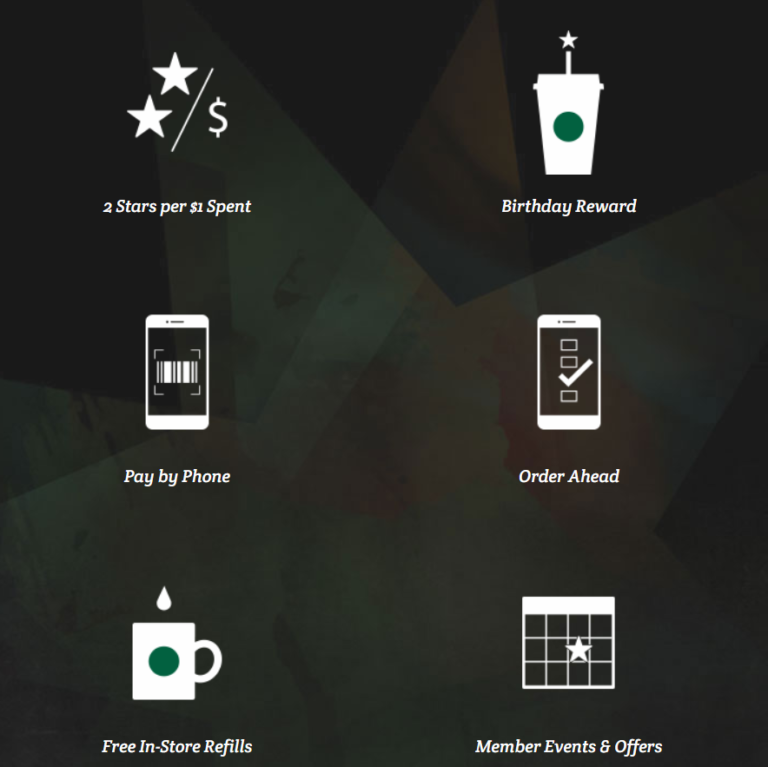
They also went ahead and offered two levels to the loyalty program, anyone who’d earned below 300 stars qualifying as a green member, and anyone who earned more than 300 points qualifying as gold members (which earns them significantly better rewards).
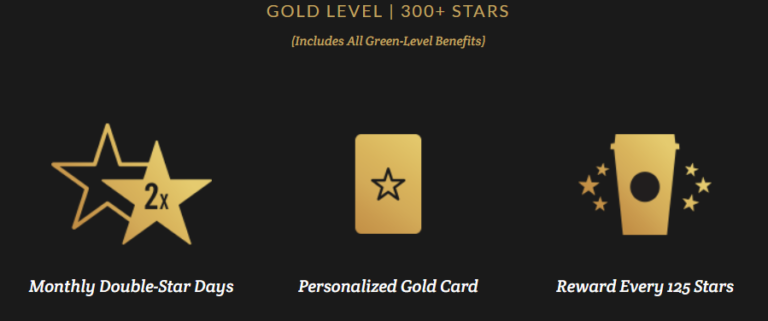
Not only did they fundamentally change the structure to encourage their members to spend more money, but they paid attention to the feedback of customers and prioritized the customer experience. That’s why Starbucks’ program is worth paying attention to.
Learn more about Starbucks’ Loyalty Program.
2. Amazon

When we talk about loyalty programs, it’s important to note that no two businesses are going to benefit equally from the same program.
But while industry differences and individual business priorities are important to keep in mind, there’s something to be said about acknowledging a shift in loyalty program culture.
Easily one of the most popular loyalty programs on the planet, Amazon Prime redefines the way we think about loyalty programs because it exists outside the realm of the conventional ‘spend some money here, we’ll give you some credit’ approach.
Amazon Prime doesn’t fixate on trying to reward you for each purchase. It doesn’t try to drive you to spend more money because you’ll get more points.
Amazon Prime has a few perks, but the one that we’re going to focus on right now is their flagship feature: free two-day shipping.

On paper, this shouldn’t work. The idea of loyalty programs is to reward someone for developing a long-term relationship with you. The concept of repeat business is crucial to the success of a loyalty program.
On top of that, Amazon Prime costs money. In a world where most loyalty programs are free, this should be enough to compromise this Amazon’s loyalty program.
But what Amazon manages to do is pull the magician’s trick — misdirection.
Where most loyalty programs try to get consumers considering the benefits of repeated interactions, Amazon completely ignores that and speaks to another side of consumers.
Amazon Prime gives you particular privilege, and this privilege is easily one of the most appealing and gratifying that you’ll ever see in the world of loyalty programs.

What makes it so appealing and gratifying? Well, for starters, it feels more like a first-class upgrade than a free economy class ticket. And while one is objectively more useful, there’s something about being treated like a VIP that makes programs like these irresistible.
Instead of asking you to think about your future purchases, Amazon makes impulse shopping more appealing than ever before.
Amazon did this because they understand the golden rule of marketing: if you don’t like what’s being said, change the conversation.
3. Gamestop
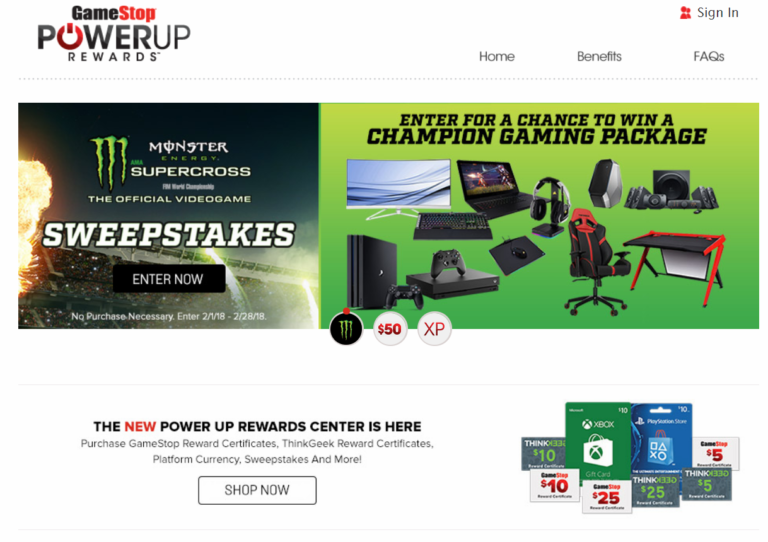
Seemingly overnight, Gamestop went from your typical video game supplier to one of the biggest names in their industry.
But more interesting than their rise to the top of the industry is the ridiculous nature of their loyalty program expansion.
Alright, let’s take a step back.
Before the current PowerUp loyalty program Gamestop has in place, Gamestop had a loyalty program known as the Edge card.
The Edge card offered some minor discounts here and there, but it was mostly just a system that served to drive magazine subscriptions for one of their acquisitions.
There wasn’t any real connection between the business and the consumers, which translated into unfocused loyalty program campaigns that did very little for the company.
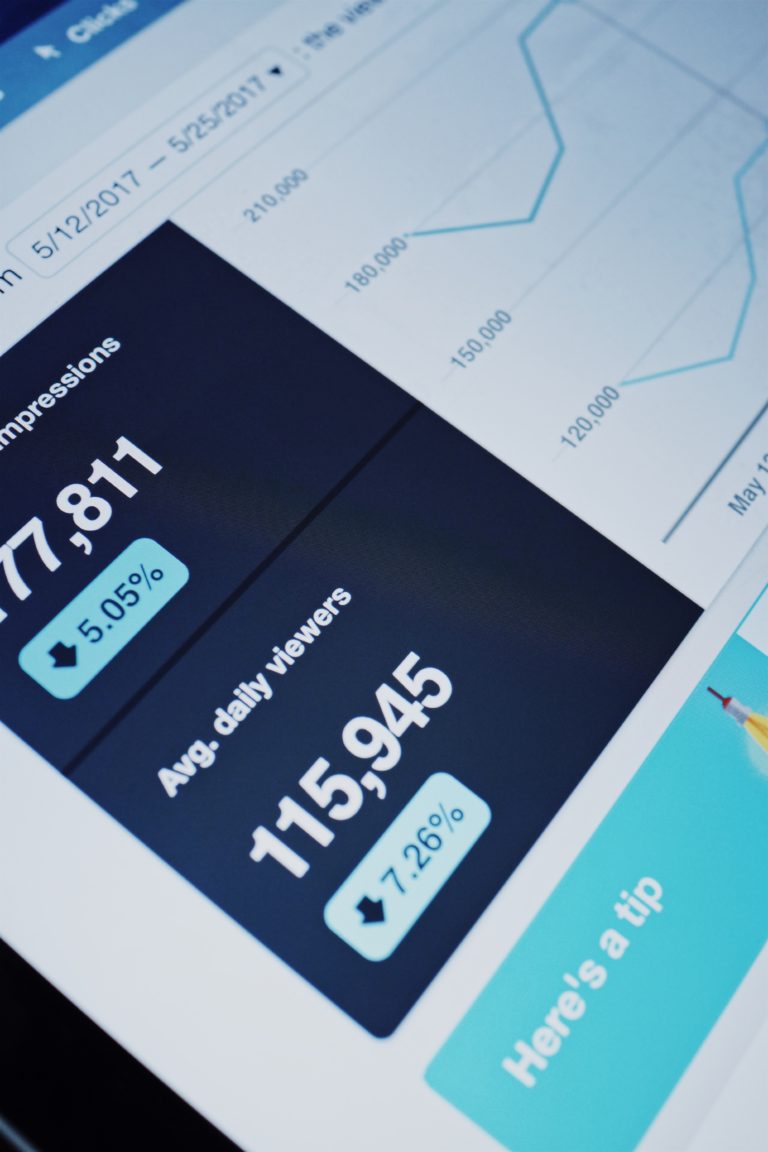
At its peak, the Edge card had 1.9 million users, which makes the fact that they managed to attract 40 million members to their PowerUp Rewards program that much more impressive.
So, how did they do it?
Simple, they started making data-driven decisions. More importantly, they actually started collecting and paying attention to customer information and letting it inform their decisions.
Make no mistake, your ability to use a loyalty program to understand more about your customers is one of the biggest reasons savvy business owners consider starting these programs.
![]()
The only thing better than marketing is targeted marketing. Remember: random ads are annoying, but custom-tailored ads are useful.
4. Buffalo Wild Wings
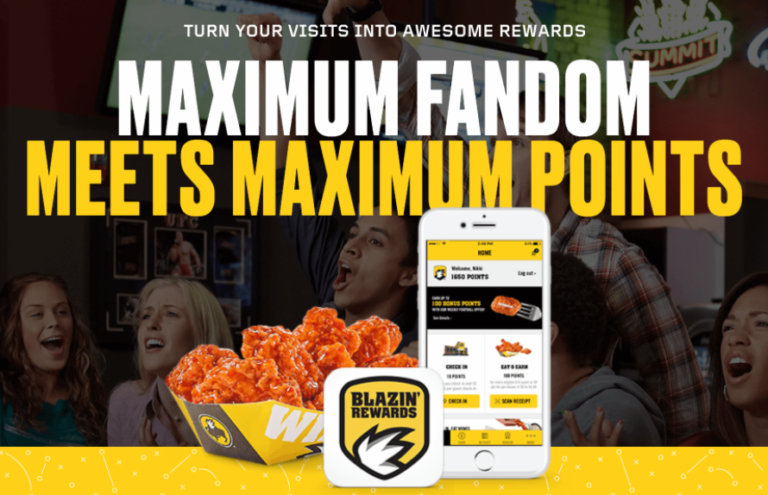
Buffalo Wild Wings is another business on this list that may seem like an odd addition to some.
Make no mistake, their loyalty program ‘Blazin’ Rewards’ is a perfectly acceptable rewards program.
They follow a points system that offers an impressive variety of redeemable items, which presents members with some interesting options when it comes to redeeming those points.
But what really makes Blazin’ Rewards so impactful is how they managed to supercharge business through a single partnership.
When Activision was getting ready to roll out their new Call of Duty: WWII game, they teamed up with Buffalo Wild Wings so that 50 points could be redeemed for a ‘2XP code’.
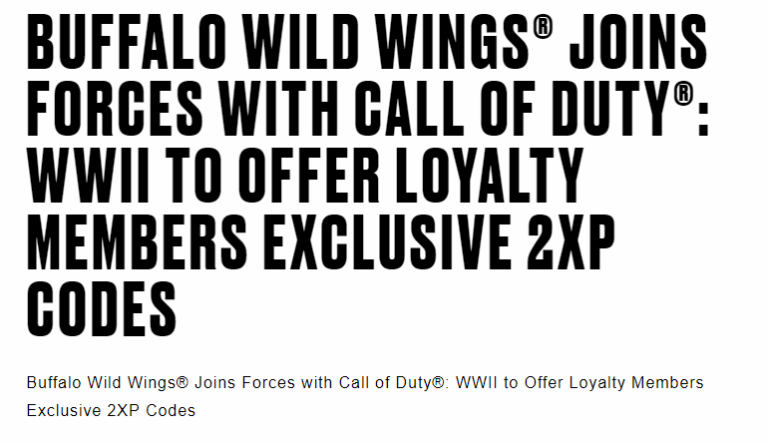
2XP codes let players of the new game earn double the ‘experience points’ while they played, which was a pretty enticing offer.
The lesson to be learned here is in how well Buffalo Wild Wings understood their customers. By offering just the right incentive at the right time, they were able to drive significantly more conversions than usual.

The truth about loyalty programs is that they live and die by how well a business understands the needs of their consumers.
5. AMC Theaters
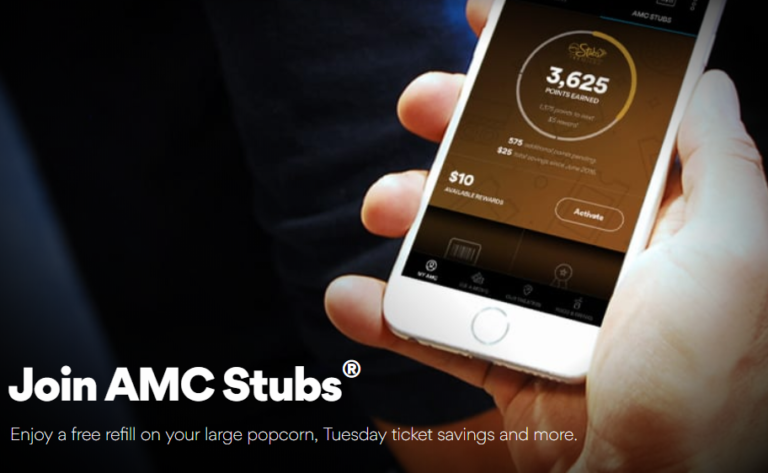
This time last year, the AMC Theaters Stubs loyalty program was coming off a disastrous 2016 performance.
Financially, the program didn’t deliver and executives decided to reinvest in the Stubs program for 2017, determined to make things different this time.
The Stubs program used to have a single paid tier, where members either paid for the service or simply weren’t given access to the program.
Today, AMC implements a two-tier system, with a free tier and a paid tier to the tune of $15 per month.
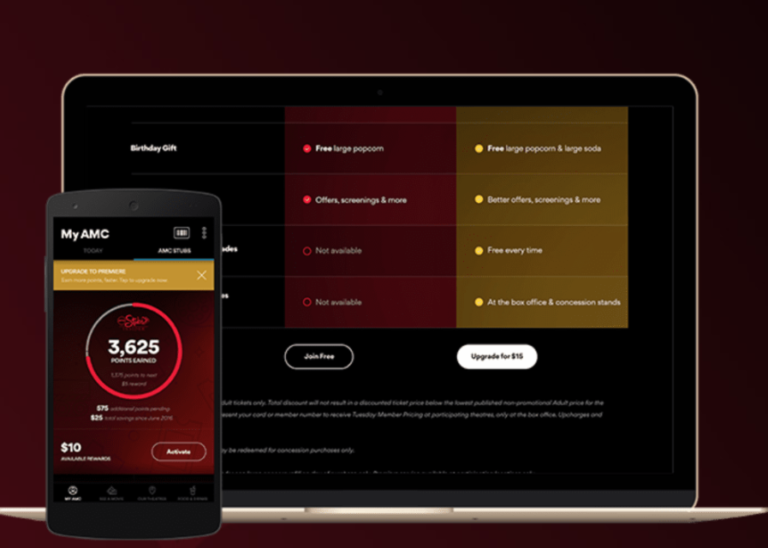
Why does this matter? Well, clearly AMC would like to have as many users as possible in the paid tier.
But assuming that users suddenly stop being interested in the paid membership, they simply end up getting moved into the free tier.
Either way, AMC ends up with an enlarged consumer database that they can use to market to their consumers more effectively.
And remember what we said about targeted marketing: consumers are more likely to appreciate a promotion when they’re actually interested in it.
The moral of the story? Never give up on finding ways to improve your loyalty programs. An ineffective loyalty program just means that you need to rethink your approach.
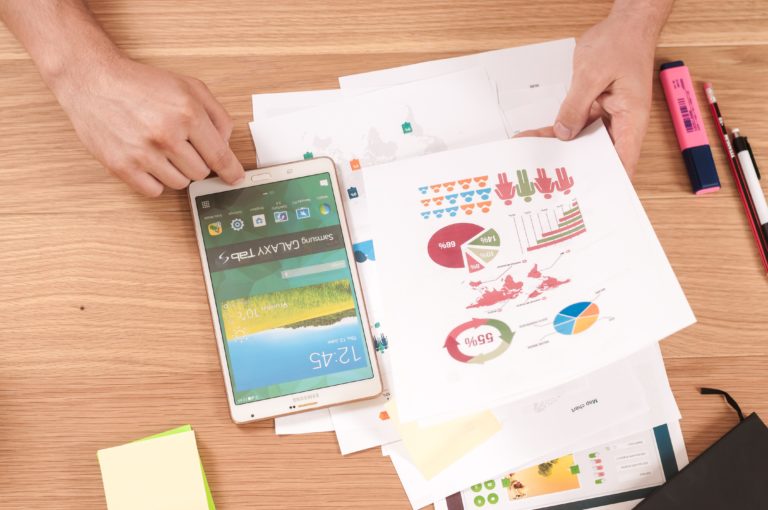
Conclusion:
When we think about loyalty programs, it’s easy to fixate on what it’s going to cost your business.
But when you’re implementing a loyalty program, it’s important to focus on both the overarching theme of serving your consumers and the idea that you’ll likely need to tweak your loyalty program over time.
Fortunately, CandyBar not only offers a variety of different custom reward options for your customers, it also lets you change your program with just a few clicks. Sign up for the free 30-day CandyBar trial and see for yourself how effective a well-executed loyalty program can be.


